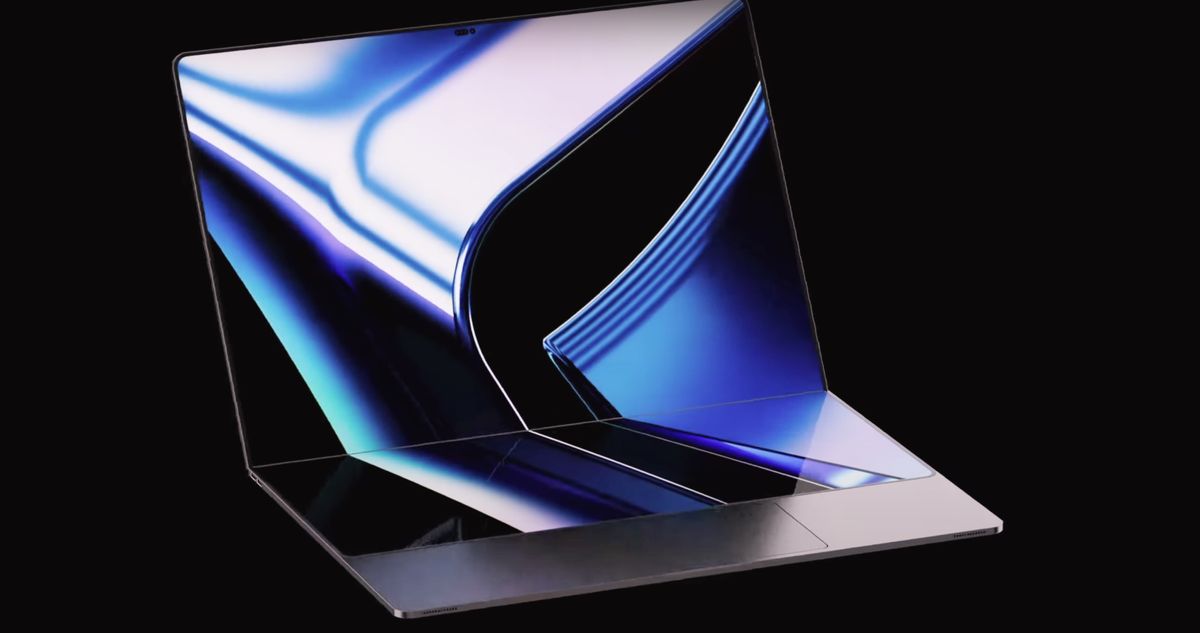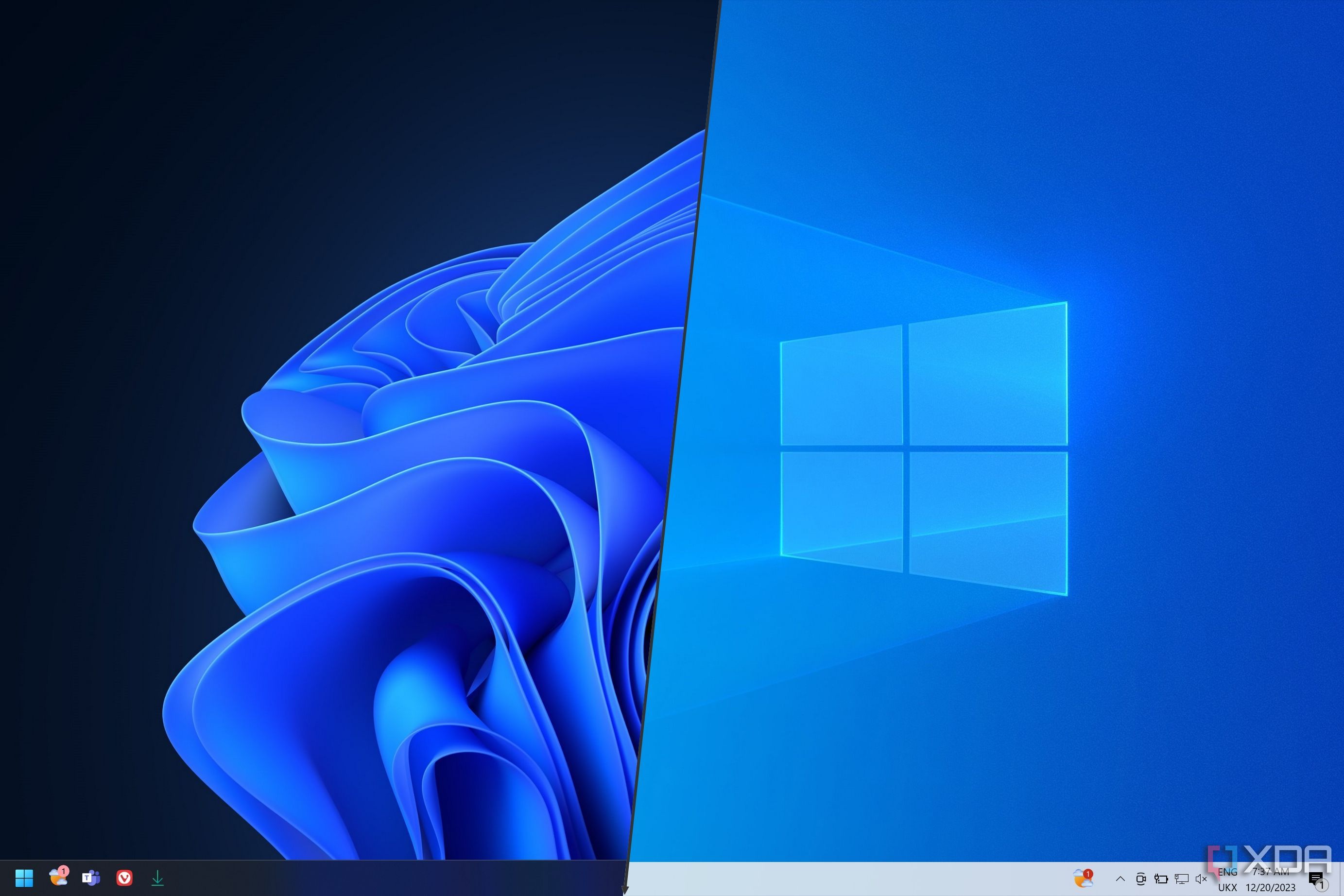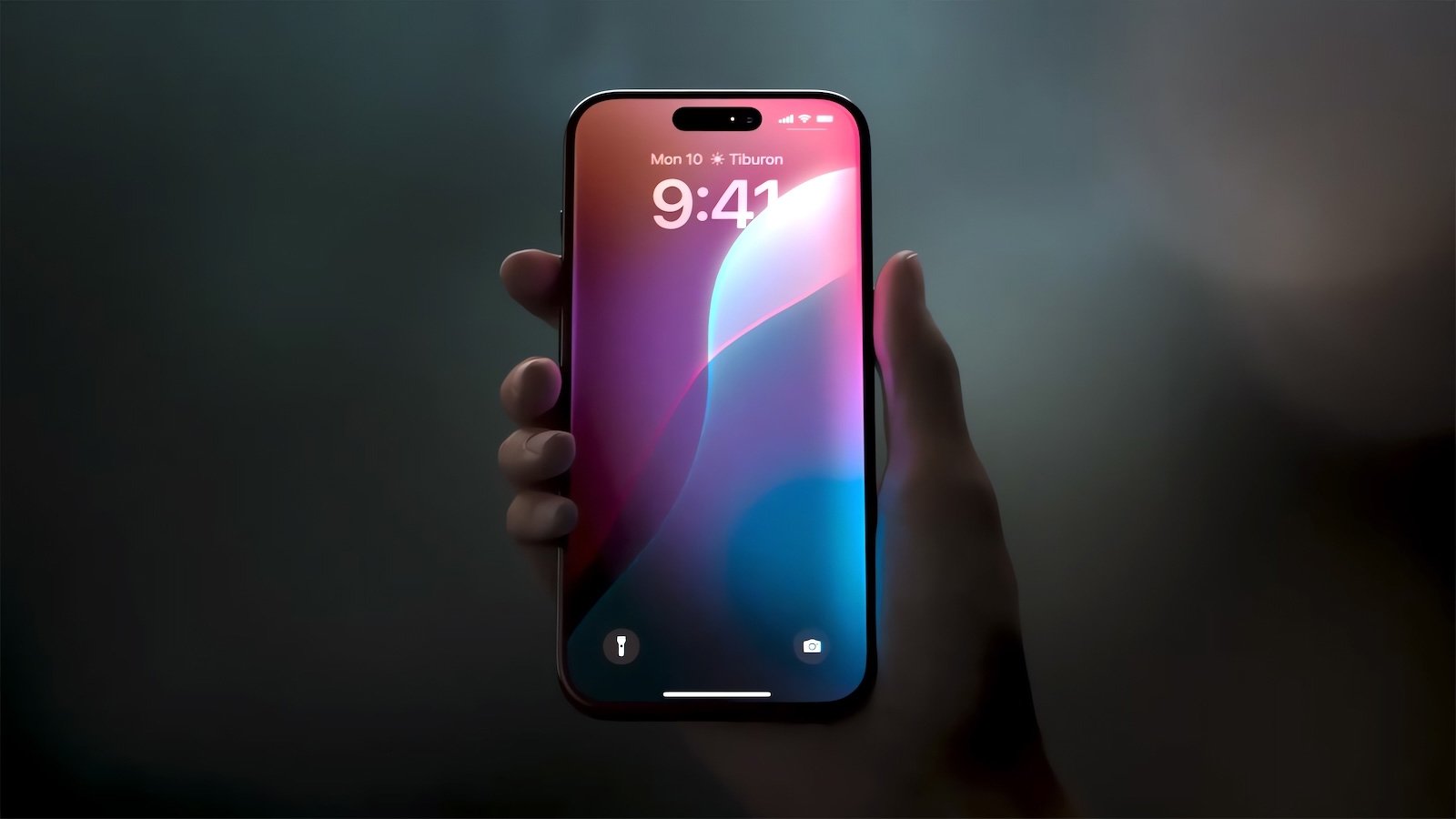
In a move that could mark a significant pivot in laptop design, Apple has recently unveiled its latest MacBook Air models, an announcement that, while leaving little to the imagination in terms of design surprises, hints at a groundbreaking future for the MacBook lineup. The conversation around the potential for a touchscreen MacBook has been rife with speculation for years. Yet, industry insider Ming-Chi Kuo suggests Apple’s ambitions may stretch even further, with the tech conglomerate purportedly preparing to launch a foldable MacBook, a venture that places them at the forefront of laptop innovation.
The notion of foldable devices isn’t new, with the concept already explored through various smartphones and design concepts. However, Kuo’s revelation about a 20.3-inch foldable MacBook entering mass production by 2027 presents a clear indication of Apple’s direction towards reinventing its product line. This development could dramatically shift the user experience for professional and casual users alike, offering unprecedented versatility and functionality.
Drawing parallels to the innovative 2024 Asus Zenbook Duo OLED, the foldable MacBook could potentially resolve the challenge of screen separation—a prevalent issue in dual-screen devices. Such an advancement would not only enhance aesthetic appeal but also foster a more seamless interaction for users.
Kuo’s statement on X further elucidates Apple’s trajectory, emphasizing the foldable MacBook as the sole device in their current pipeline with a well-defined development schedule, amidst widespread speculation about other potential foldable gadgets like the iPhone or iPad.
Although leaked design concepts and rumors have occasionally surfaced, suggesting the possibility of OLED Apple devices with foldable features earmarked as iPad Pros, the explicit mention of a MacBook in this context presents an exciting possibility. Coupling a foldable display with elements like a detachable Bluetooth keyboard, as seen in recent Asus models, could significantly enhance usability and portability, thereby aligning with evolving consumer expectations around flexible work and entertainment setups.
Despite the growing trend towards touchscreen and 2-in-1 laptops within the Windows ecosystem, Apple has historically maintained a distance from integrating these features into their MacBook designs. Steve Jobs notably criticized the ergonomics of touchscreen laptops, a stance that Apple has seemingly upheld, focusing instead on refining the performance and design of their existing laptop models.
However, reports, including those from Bloomberg’s Mark Gurman, indicate a potential shift in Apple’s strategy, hinting at the inclusion of touchscreen capabilities and OLED displays in future MacBook models. As the landscape of device interaction continues to evolve, such innovations could dramatically redefine the MacBook’s position within the broader market of high-performance laptops.
As the anticipation around Apple’s foldable MacBook continues to build, the potential implications for the technology sector and user experiences are profound. With a clearly defined roadmap now coming into focus, the countdown to 2027 and the unveiling of Apple’s next major leap in laptop design begins, marking a significant milestone in the ongoing evolution of personal computing.
Source






